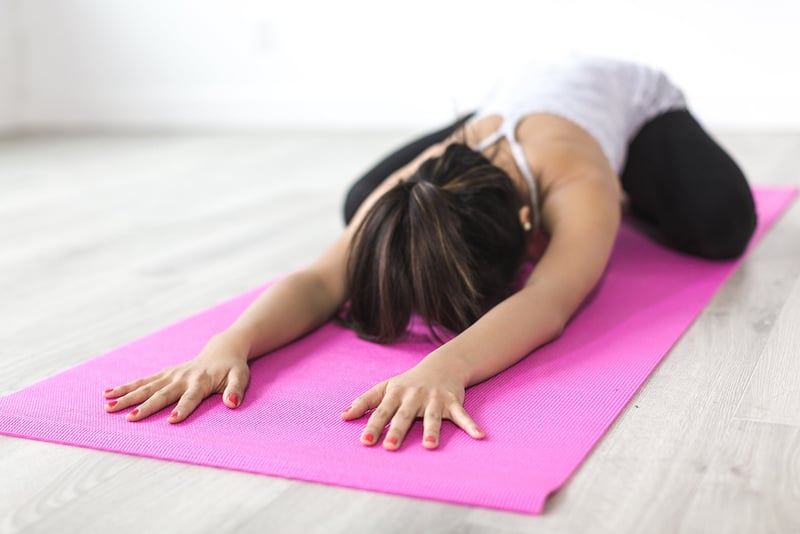Restorative Poses
The Importance of Balance and Flexibility in Yoga Practice

Yoga is a holistic practice that not only benefits the body but also the mind and spirit. Two essential components of a well-rounded yoga practice are balance and flexibility. Achieving balance and flexibility not only enhances physical well-being but also contributes to mental clarity and emotional stability.
Benefits of Balance
Balance is crucial in yoga as it helps improve stability, coordination, and posture. By practicing balancing poses, you engage your core muscles, which are essential for maintaining equilibrium. Balancing poses also enhance focus and concentration, helping you stay present in the moment.
Try These Balancing Poses:
- Tree Pose (Vrikshasana)
- Eagle Pose (Garudasana)
- Dancer's Pose (Natarajasana)
Benefits of Flexibility
Flexibility is another key component of yoga practice. Improved flexibility can lead to better range of motion, reduced risk of injuries, and enhanced muscle recovery. Flexibility in the body also translates to flexibility in the mind, allowing for greater adaptability to life's challenges.
Try These Flexibility-Enhancing Poses:
- Forward Fold (Uttanasana)
- Pigeon Pose (Eka Pada Rajakapotasana)
- Seated Forward Bend (Paschimottanasana)
Restorative Poses for Relaxation
Incorporating restorative poses into your yoga practice is essential for relaxation and rejuvenation. These poses help activate the parasympathetic nervous system, promoting rest and digest functions in the body. Restorative poses are especially beneficial for reducing stress and calming the mind.
Try These Restorative Poses:
- Child's Pose (Balasana)
- Legs Up the Wall Pose (Viparita Karani)
- Corpse Pose (Savasana)
By incorporating a combination of balancing, flexibility-enhancing, and restorative poses into your yoga practice, you can experience holistic benefits for your body, mind, and spirit. Remember to listen to your body, breathe deeply, and enjoy the journey towards greater balance, flexibility, and inner peace.

